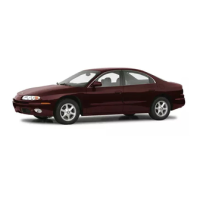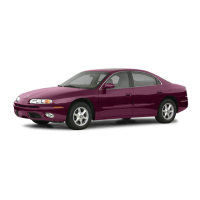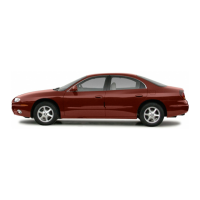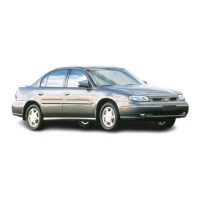If
something is between an occupant and an
air
bag, the bag may not inflate properly or it might
force the object into that person. The path of an
inflating
air
bag
must
be kept clear. Don’t put
anything between an occupant and an
air
bag, and
don’t attach or put anything
on
the steering wheel
hub
or
on or near any other
air
bag covering.
When should an air bag inflate?
An
air
bag
is
designed to inflate in a moderate to severe
frontal or near-frontal crash. The air bag will inflate
only if the impact speed is above the system’s designed
“threshold level.” If your vehicle goes straight into a
wall that doesn’t move or deform, the threshold level
is
about
8
to
11
mph (13 to
18
kmh).
The threshold level
can vary, however, with specific vehicle design,
so
that
it can be somewhat above or below this range.
If
your
vehicle strikes something that will move or deform, such
as a parked car, the threshold level will be higher. The
air bag is not designed to inflate in rollovers, side
impacts
or
rear impacts, because inflation would not
help the occupant.
In any particular crash, no one can say whether an air
bag should have inflated simply because of the damage
to a vehicle or because of what the repair costs were.
Inflation
is
determined by the angle
of
the impact and
how quickly the vehicle slows down in frontal or
near-frontal impacts.
1-22
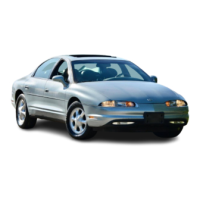
